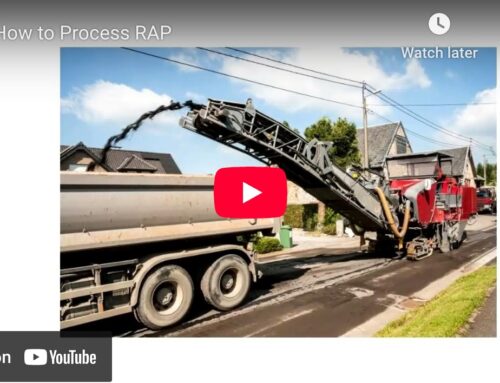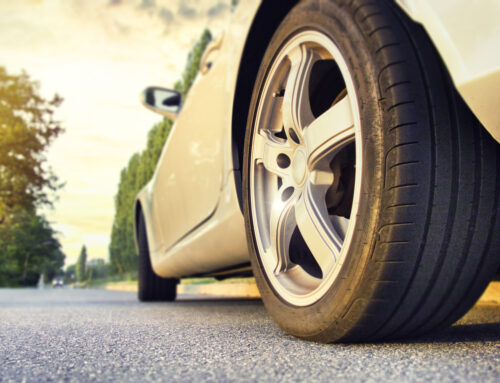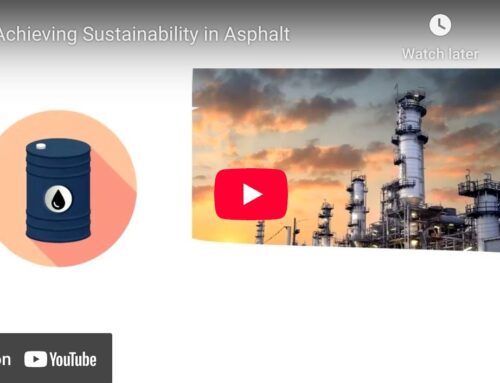
Base stabilization increases the bearing capacity and strength of the roadway. Cement Treated Base (CTB) or Cement Treated Sub-Base (CTSB) have been common and popular methods to stabilize the soil and aggregate layers in paving applications. However, another method is gaining wider use. An Emulsion Treated Base (ETB) is an aggregate stabilized with emulsion and cement. Adding an emulsified asphalt increases the road’s firmness and resistance to weather, while reducing movement or rutting in the base layer.
ETB Benefits
Using an ETB has a number of benefits. These include:
- It is a cold mix technology.
- Can be produced in a conventional hot mix or RMC plant.
- Recycled Asphalt Pavement (RAP) can be utilized in the mix.
- The base layer thickness can be decreased since it is stabilized.
- Suitable for all traffic types.
- Creates a stronger and more durable foundation.
- Lowers deformations.
All of these advantages lead to one significant benefit – cost-savings. ETB is a stronger material as compared to a virgin base layer. It provides good moisture resistance, better stability, and stronger support to the pavement, resulting in a longer life to the roadway and less ongoing maintenance. When incorporating recycled materials, additional environmental and cost benefits are also realized.
ETB Production
A simple modified proctor test or Marshall equipment can be used to determine the optimum amount of emulsion. Usually, the amount of cement is limited to 1% (or cement to residual bitumen ratio should not be more than 1). Emulsion dosage may range from 2 to 3%. A simple strength test can be conducted in the laboratory to ascertain the dosage of the emulsion. Usually, a Slow-Setting (SS) emulsion is used and preferred to ensure a properly stabilized material.
Since it is a stabilized base layer, the thickness of this layer can be reduced. The minimum base layer can be as little as 100mm. When designing the pavement, the EBT layer ranges from 600-1200 MPa, which is much stronger than a conventional base layer (which may have a resilient modulus in the range of 200-300 MPa). The remaining pavement design is done as usual. However, a stabilized ETB layer is not a DBM or BC. It is a kind of stabilized aggregate layer, thus a bituminous base or surface course are required depending upon traffic level.
The information in this article is presented courtesy of:
Dharamveer Singh
Associate Professor
Department of Civil Engineering
Indian Institute of Technology Bombay
Powai, Mumbai, India, 400076
E-mail: dvsinghchauhan@gmail.com, dvsingh@civil.iitb.ac.in,
dvsingh@iitb.ac.in
Phone: +91-22-2576-7304
Mobile: +91-976-901-7304
For more information on emulsion-treated bases and additives that create stronger base layers, contact the Sripath/Bitpath Technical team.




